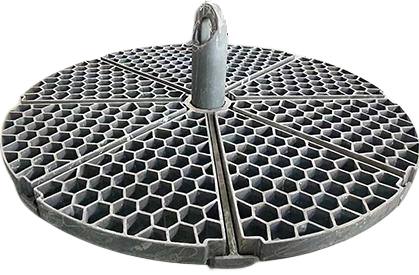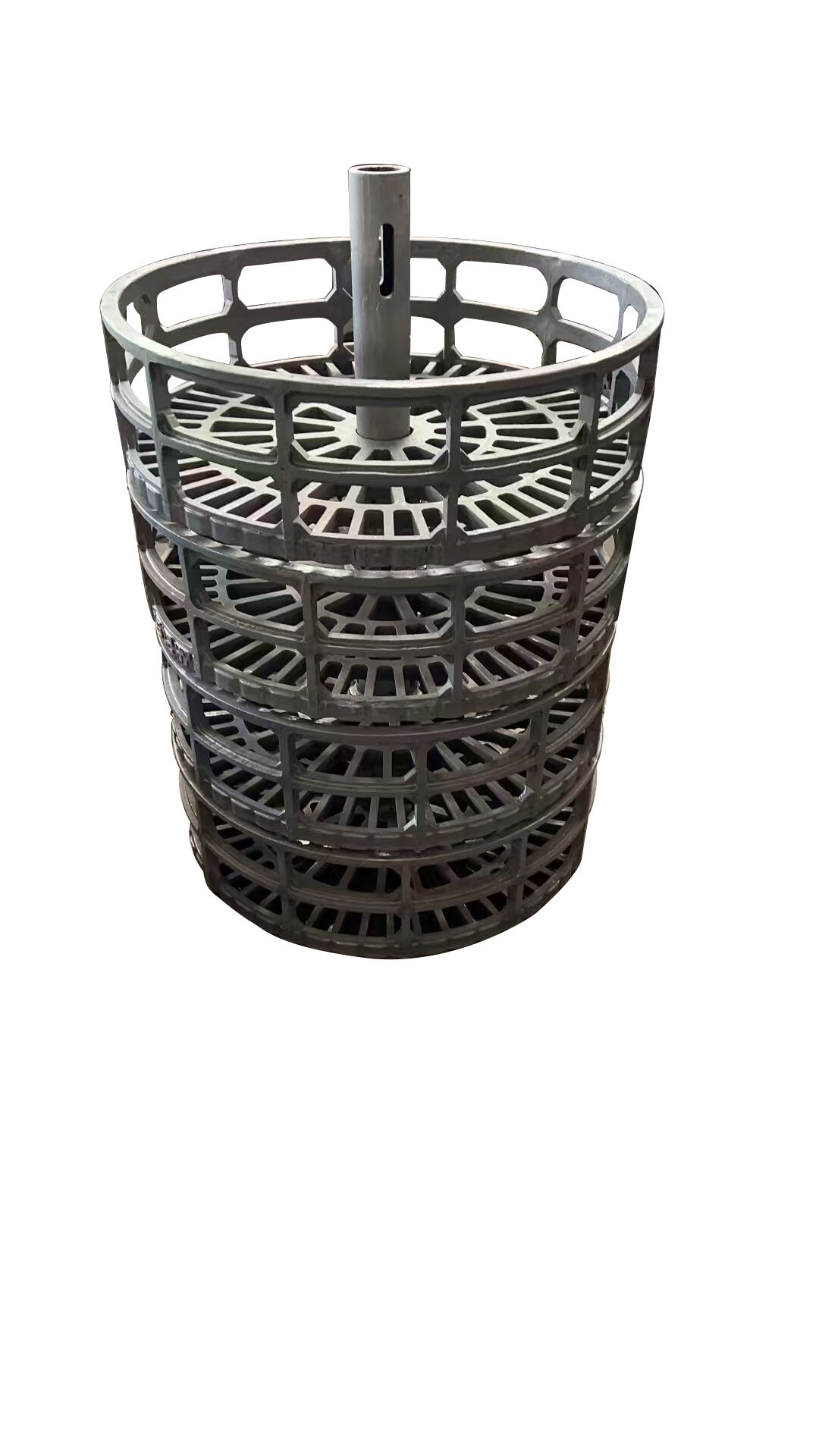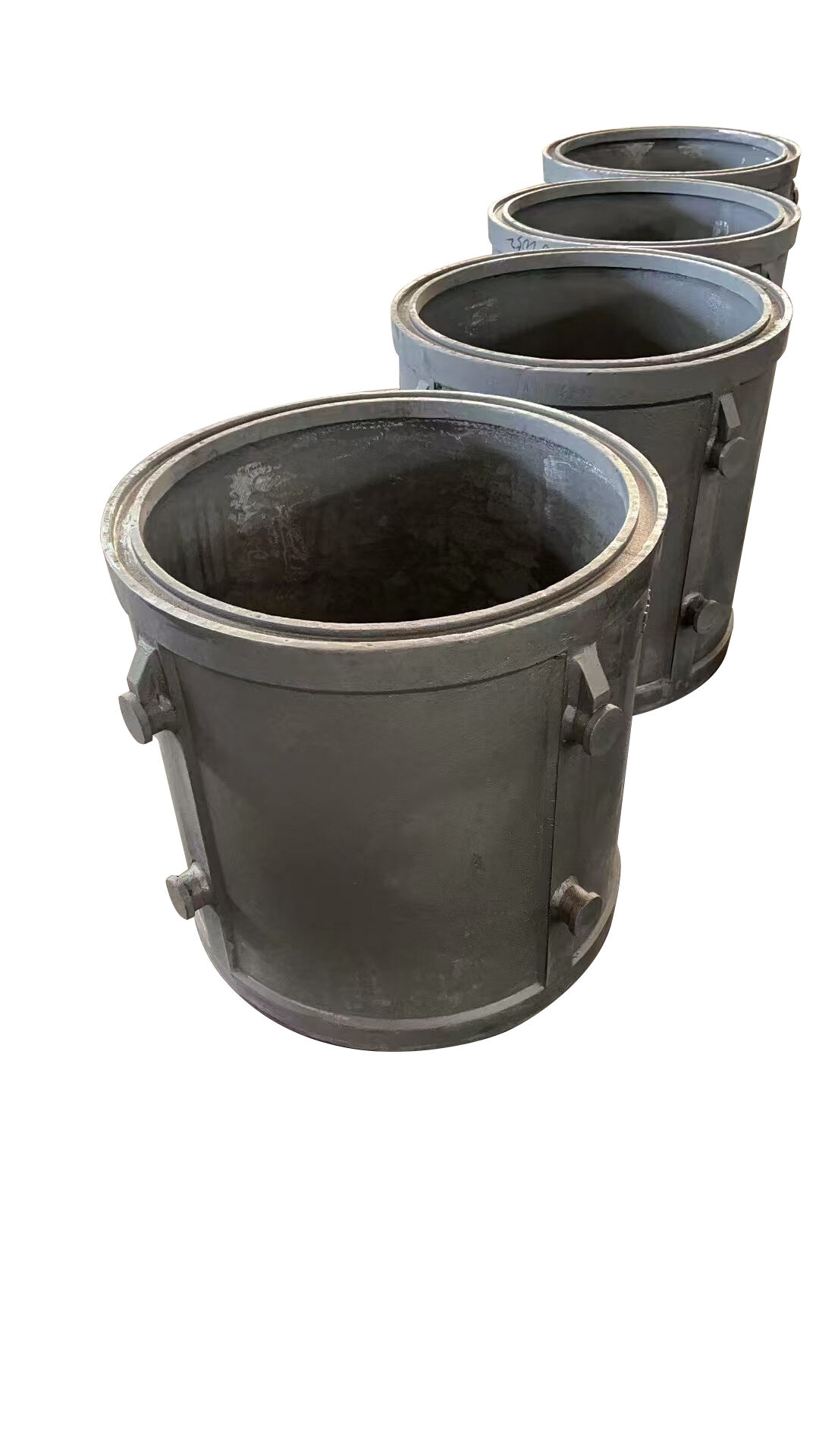heat treatment of alloys
Heat treatment of alloys is a sophisticated metallurgical process that fundamentally alters the physical and chemical properties of metallic materials through controlled heating and cooling operations. This critical process serves multiple functions, including improving material strength, enhancing durability, increasing wear resistance, and optimizing mechanical properties for specific applications. The technology involves precise temperature control, specific heating durations, and carefully managed cooling rates to achieve desired material characteristics. Modern heat treatment processes incorporate advanced techniques such as solution treatment, age hardening, annealing, and quenching, each serving distinct purposes in material modification. The applications span across numerous industries, from aerospace and automotive manufacturing to medical device production and construction. This versatile process enables manufacturers to customize material properties according to specific performance requirements, making it an indispensable part of modern manufacturing. The treatment can be applied to various alloy types, including steel, aluminum, titanium, and nickel-based alloys, each requiring unique processing parameters to achieve optimal results. Advanced monitoring systems and computer-controlled processes ensure consistent quality and repeatability in treated materials.


